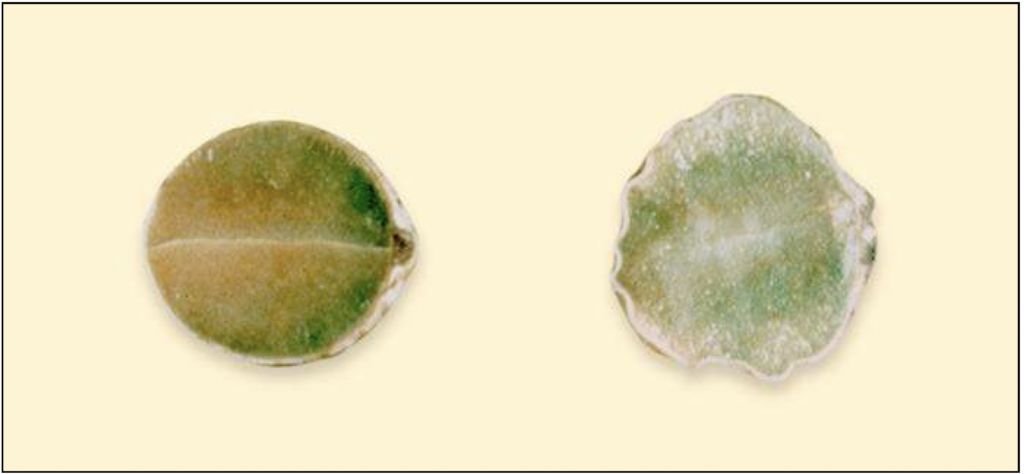On Friday, July 14th, the USDA Agricultural Marketing Service (AMS) published a final rule to the Federal Register revising the U.S. Standards for Soybeans and officially removed soybeans of other colors (SBOC) as an official grade-determining factor. The Federal Grain Inspection Service (FGIS) will only use 3 main factors when assigning a grade to yellow soybeans:
- Damaged kernels
- Foreign material
- Splits
There was a push for the USDA to get this rule in place by September 1st, 2023 to qualify for the new crop marketing year. In the published final rule, AMS stated “the increase in the amount of SBOC in officially graded soybean lots over the past two years has led to a decrease in the marketability of U.S soybeans versus those from other exporting countries.” You can read more in this recent DTN article, “Color Out as Soybean Grading Factor.”
The Federal Grain Inspection Service (FGIS) conducted a Study of Soybeans of Other Colors and the Impact on End-Use Functionality in 2021-2022 Market Samples. After one hundred officially graded yellow soybean samples containing Soybeans of Other Colors (SBOC) were collected in July-August of 2022, the study stated that “no significant differences in official protein or oil results could be found.”
Eric Woodie of the Illinois Soybean Association says, “this is a win for Illinois farmers as well as exporters.” He reminds us that not all SBOC is a result of Enlist E3 soybeans. We still have a specific set of soybean buyers that will contract for a low amount of SBOC because they need a specific type of soybean; therefore, we still have more to get figured out as we move forward.

Frosted Double Crop Soybeans – Photo from USDA Policies, Procedures, and Market Analysis Branch
Since this announcement, we had a question regarding the recent SBOC rule change – does this also eliminate any color discounts for frosted double crop soybeans that stay green? This is the answer that we received from a Grain Marketing Specialist at the USDA in the Policies, Procedures, and Market Analysis Branch: “If I interpret it correctly, you are referring to soybeans that have been materially affected by frost, as in the attached visual reference images. These would still be considered damaged soybeans and not SBOC. Effectively, our interpretation of what constitutes SBOC in yellow soybeans has not changed. The only change is that it does not affect the grade limit. The upshot of this is that inspectors will no longer determine the percentage of SBOC unless the applicant requests it to be done or if the inspector needs to determine if the sample meets the definition of the class yellow soybeans (i.e., no more than 10.0 percent SBOC).”
To read the original article about SBOC on ILSoyAdvisor.com, click here.




 and then
and then